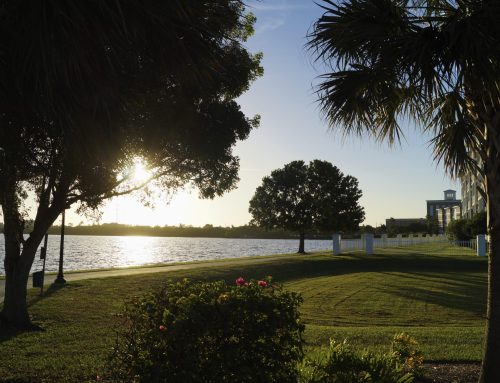Common Palm Tree Diseases to Watch Out For
Which of the following is most closely related to a palm tree? A pine tree or pampas grass? You may be surprised to learn that palm trees are more closely related to grasses than they are traditional pine or oak trees. Because of this, houses with palm trees need to be extra vigilant about the palm tree diseases that can occur as they will be different from “traditional” tree diseases.
If you’ve recently moved to a more tropical location, or this is your first time owning property in Southern Florida, and need more info on how to avoid palm diseases, look no further. Keep scrolling to learn more about the most common types of palm diseases to be aware of and how to treat them.
Queen Palm Diseases
Queen palms are quite common in Floridian landscaping. Unfortunately, these types of palms are susceptible to a type of disease known as fusarium wilt. First discovered in 2003, fusarium wilt specifically affects palm trees. Some of the key symptoms of this palm disease are brown, discolored, and crinkly fronds and typically starts near the bottom of the fronds and works its way up the plant. There isn’t any cure for fusarium wilt but a professional landscaping or tree care company can come in and remove the diseased fronds and dispose of them carefully to avoid any of your other palms getting infected.
Ganoderma Palm Disease
Another common palm tree fungal infection is Ganoderma butt rot. This palm tree fungus invades the roots and lower stems of your plant and can prevent your palm from being able to transport water up to its stem. The first thing you’ll notice is general dieback and your palm’s frond severely wilting. You may also notice a mushroom-like structure emerge from the palm’s butt. Unfortunately, there is no cure for this disease and the palm will have to be carefully removed to avoid infection to other palm trees.
Leaf Spot Palm Diseases
Finally, palm trees can also be susceptible to a variety of leaf spot diseases. The first thing you’ll notice with any type of leaf spot disease is fuzzy black or brown mold-like spots on the underside of your palm’s fronds. Tree fungus treatment for this type of infection includes removing the infected fronds and having fungicide applied to prevent further spread. You can also give your palm a boost by fertilizing it to help it fight off infection more easily.
If you’re concerned that your palm trees might be infected, don’t wait. Contact the experienced team at Cutters Edge to learn more about what can be done to treat and protect any palms you have on your property.





